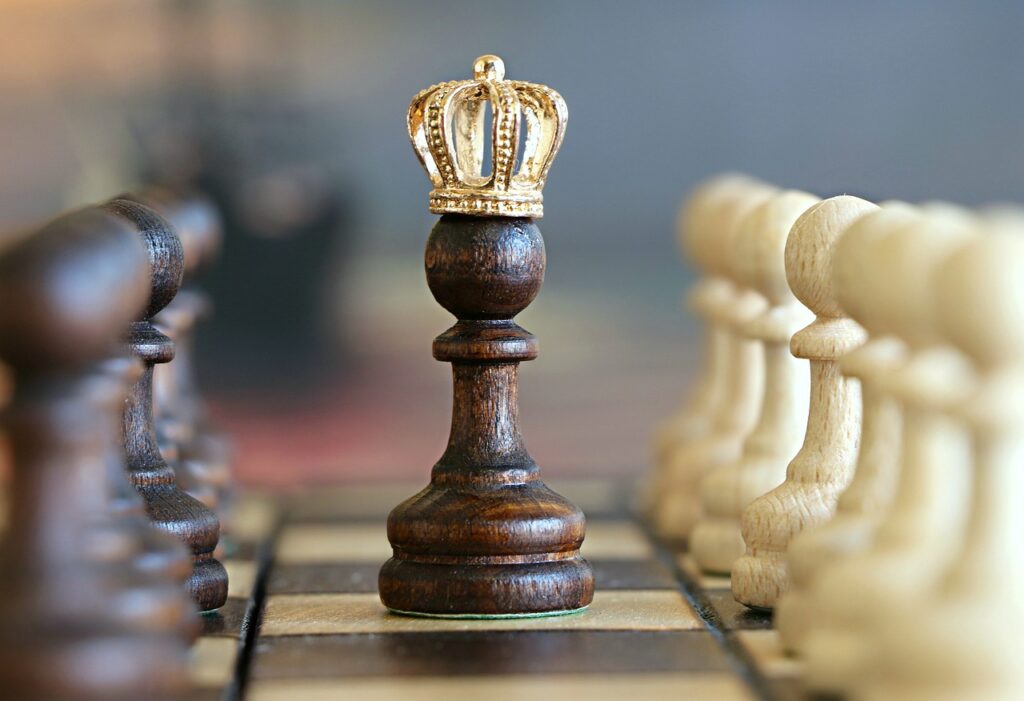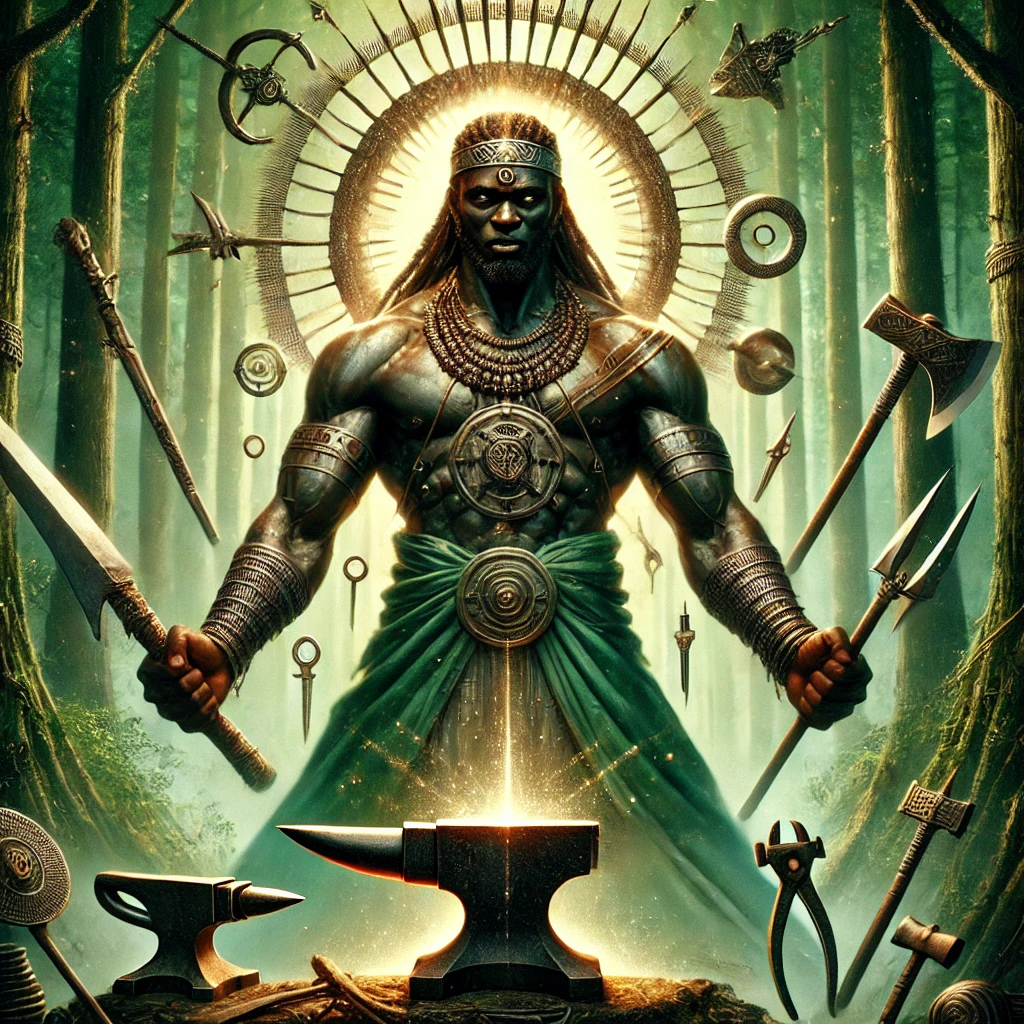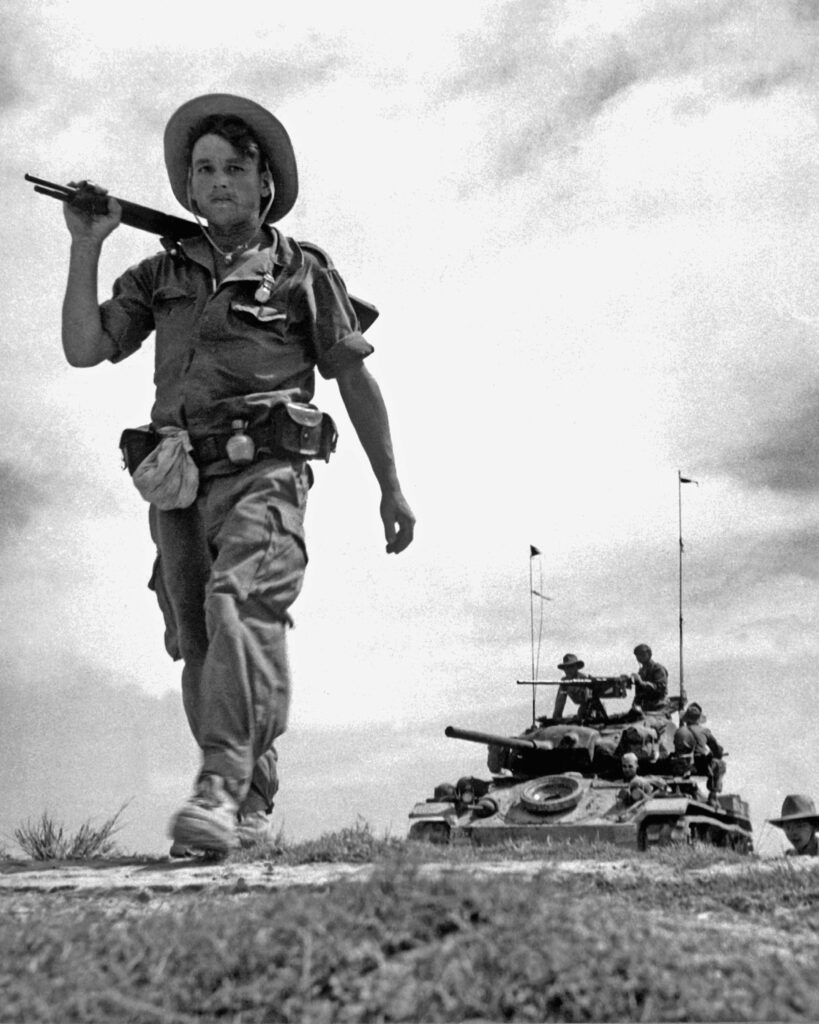In his 1957 book The Soldier and the State, Samuel P. Huntington introduced the concept of objective civilian control over the military. His work became a key reference in military sociology and strategic studies. In it, he developed a theory on the relationship between the military and the state.

One of the central ideas in his analysis is that of objective control. According to Huntington, this model represents the optimal way to manage civil–military relations in a democratic state. Unlike what he calls subjective control, Huntington argues that objective control effectively balances civilian authority and military expertise.
This article will examine the concept of objective control, its principles, advantages, and challenges within the framework of democratic governance.
Theoretical context: civilian versus military
The idea of separating civilian and military spheres dates back to antiquity. However, Huntington reformulated it within the modern context of liberal democracies. The central question he sought to answer was this: How can a democracy preserve military competence while ensuring civilian control over the armed forces?
Huntington criticized earlier approaches in which civilian authorities sought to directly limit or subordinate military power by imposing strict oversight on military decisions and actions. Such interference, he argued, often led to inefficiency and reduced operational effectiveness. To solve this problem, Huntington proposed a form of control based on a delicate balance—objective control.
What is objective control according to Huntington?
Objective control is based on one fundamental idea: allowing the military to exercise its professional expertise while ensuring obedience to civilian authority. Unlike subjective control—which relies on co-optation, politicization, or the integration of military elites into civilian political structures—objective control advocates strict professional autonomy for the armed forces.
This concept rests on two key principles:
Military specialization
Huntington argued that the armed forces should be composed of professionals trained specifically in defense matters. Military expertise, he wrote, is a unique domain not shared by civilian authorities, who lack the technical training to make such judgments.
Non-interference of civilians in internal military affairs
For Huntington, the best way for civilians to control the military is not through daily interference but by granting them the autonomy necessary to fulfill their mission. Civilian leaders define strategic goals, while the military determines how best to achieve them.
See also: General Beaufre’s Indirect Strategy.
Subjective vs. objective control in Huntington’s theory
Subjective control, according to Huntington, is one possible model of civil–military relations. It relies on reducing military autonomy and seeks to merge the military sphere with the civilian political one. In modern democracies, this often manifests as the politicization of the armed forces, where senior officers are co-opted by political leaders to serve partisan interests. Huntington saw this as a threat—not only to democratic stability but also to the effectiveness of the military itself. When the army becomes politicized or reduced to an extension of political power struggles, it loses both neutrality and competence.
By contrast, objective control maintains a clear separation between the two spheres. By delegating to the military the technical management of force, while preserving clear political subordination, the state maintains both its authority over strategic decisions and the operational effectiveness of its forces.
Advantages of objective control
Autonomy and professional expertise
One major advantage of objective control is that it preserves military competence. Allowing professionals to handle operational matters ensures the efficient and expert execution of strategic decisions.
Prevention of military politicization
Objective control prevents the military from becoming a political actor, which is essential to democratic stability. A politically neutral, professional army is less likely to engage in political intrigue or coups.
Clear subordination to civilian authority
By assigning the military technical control over its own functions while civilians set political goals, the democratic state maintains strategic oversight of the armed forces. This subordination is vital to uphold the primacy of civilian authority.
See also: Understanding Liddell Hart’s Indirect Approach
Limits and criticisms of Huntington’s objective control
Despite its advantages, the concept of objective control has faced criticism. Some argue that this model can grant the military excessive autonomy, allowing it to gain disproportionate influence within the state. Others view the model as overly rigid, suggesting that civil–military relations require more flexible adjustments depending on political contexts and security threats.
Another challenge lies in the potential gap between civilians and the military, leading to a loss of mutual understanding. If the military becomes too isolated in its professional sphere, it may develop a culture disconnected from political realities and, ultimately, from national strategy itself.
Huntington’s concept of objective control remains a cornerstone of civil–military relations theory. By delegating professional competence to the military while maintaining clear civilian control over strategic decisions, Huntington offered a pragmatic solution to the tension between military autonomy and civilian authority. However, this model requires ongoing attention to avoid the risks that come with an excessive separation between war and politics.





